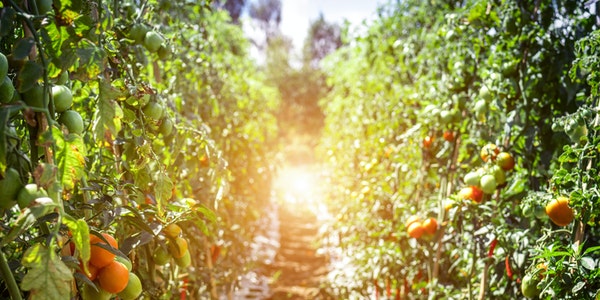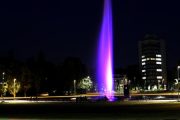Brief Introduction of Vertical Agriculture
The concept of “vertical agriculture” was first proposed by Professor Dixon Despamir at Columbia University. Despamir hopes to produce the food people need in a well-lit building made of glass and steel. For example: feeding tilapia on the first floor, planting tomatoes on the 12th floor… In the building, all water is recycled; plants do not use compost; the generated methane and other gases are collected and turned into heat; livestock excrement becomes a source of energy, etc. “Vertical agriculture” is a new way to obtain food and dispose of waste.
Vertical agriculture is also called vertical farming. It is a new concept proposed by scientists to study the population pressure and resource scarcity faced by future agricultural development. The main task is to solve the full utilization of resources and space, and to maximize the output per unit area. An agricultural farming method formed.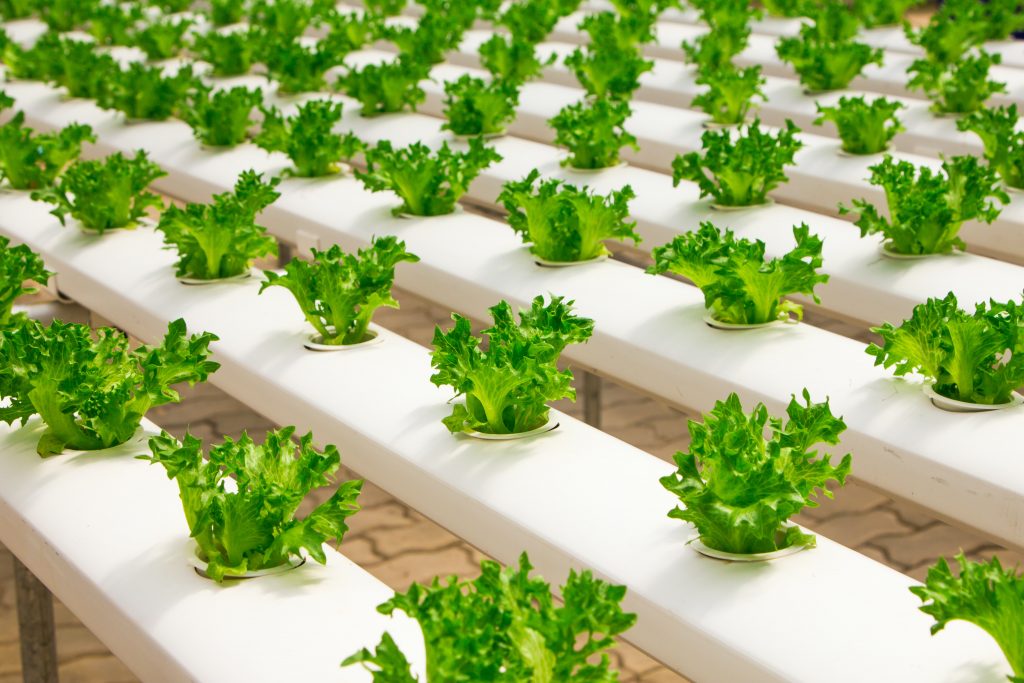
Perhaps it can be considered that “vertical agriculture” is an “upgraded version” of the currently ubiquitous indoor greenhouse, and it has many advantages over outdoor cultivation. Growing food crops indoors with a sound environmental control system has the following advantages: improving water and fertilizer utilization; growing food in food consumption areas, saving fuel for transportation from other places; growing indoors according to location, temperature, humidity, soil composition, etc. The choice of basic elements required for crop growth is flexible; there is no need to worry about encountering harsh weather conditions, such as drought, floods, and epidemics.
Three-dimensional agriculture
Similar to “vertical agriculture” is “three-dimensional agriculture”. The concept of three-dimensional agriculture has the following meanings:
Statement one:
Broadly speaking, it refers to the practice of planting, cultivation, and breeding to the greatest extent in the same unit area of land or water and other spaces according to the characteristics of various animals, plants, and microorganisms and their different requirements for the external growth environment. A comprehensive agricultural production method with multi-level and multi-level utilization. Such as three-dimensional planting and breeding of paddy fields, dry land, water bodies, foundation ponds, vegetable gardens, gardens, courtyards, etc.; inter-plant and inter-row mixed and band-shaped and block-shaped mixed in forest land; polyculture, layer culture, nest culture, and concurrent cultivation of water bodies Raising and so on belong to it. Take the mulberry base, fruit base, and sugarcane-based fish ponds in the Pearl River Delta of China as typical, it has the characteristics of multi-level and multi-level utilization.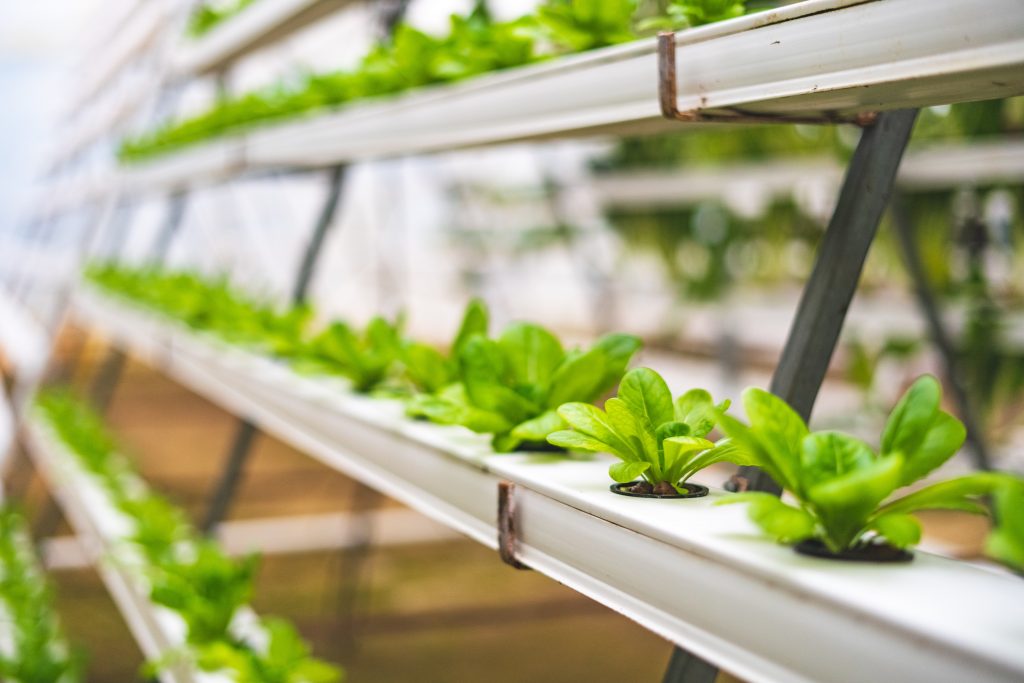
In a narrow sense, it refers to high-altitude mountains and plateau areas with undulating terrain. The vertical distribution of agriculture, forestry, and animal husbandry varies with natural conditions. According to a certain rule, it is multi-layered and multi-level utilization from low to high. An agriculture characterized by vertical changes and three-dimensional production layout. Three-dimensional agriculture is prominent in places such as China’s Yunnan, western Sichuan, and Qinghai-Tibet Plateau. Planting here is generally distributed in valleys and valley slopes. The mountains are natural forests with grassland in between, and natural grasslands above the forest line have the characteristics of significant regularity and distinct levels.
Statement two:
Three-dimensional agriculture in the narrow sense refers only to three-dimensional planting, which is the full use of the crop compound group in time and space. According to the different characteristics of different crops, such as high stalk and short stalk, rich light and shade tolerance, early maturity and late maturity, deep root and shallow root, leguminous and gramineous, use their time and space differences in the growth process to reasonably implement scientific Intercropping, intercropping, mixed cropping, multiple cropping, rotation cropping and other supporting planting form a three-dimensional intercropping planting structure with multiple crops, multiple levels and multiple timings.
General three-dimensional agriculture refers to three-dimensional planting, three-dimensional breeding or three-dimensional compound planting and breeding on a unit area of land (in waters) or within a certain area, and clever use of artificial input in the model to improve energy recycling efficiency, The conversion rate of substances and the production of secondary substances shall be established to establish a three-dimensional agricultural model with multi-species symbiosis, multi-level configuration, multi-time staggered, multi-level quality, and energy conversion.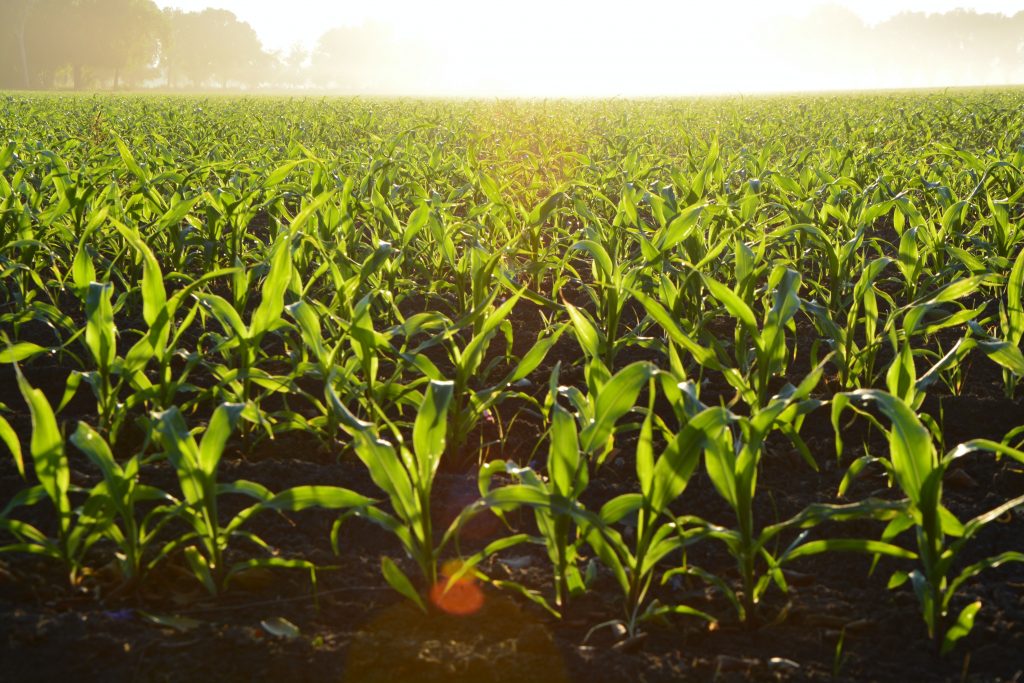
Generalized three-dimensional agriculture focuses on the entire agricultural system, which includes the breadth of agriculture, that is, the biological function dimension; the depth of agriculture, that is, the functional dimension of resource development; and the height of agriculture, that is, the economic value-added dimension. It is not usually intuitive three-dimensional agriculture, but an economic concept, similar to the current concept of “circular economy”.
The above three viewpoints have tried theoretically on three-dimensional agriculture from different angles, and they are all sublations of traditional flat agricultural monoculture. The boundary of the first concept is limited to three-dimensional multi-layer planting, which is the extension and development of crop rotation, intercropping, and intercropping under modern agricultural technology. Due to the narrow conceptual boundary, it is limited to the mountains, water, fields, and beaches within the planting industry. The multi-dimensional utilization of roads ignores the emerging forest and animal husbandry (fishing), agricultural and animal husbandry (fishing) compound planting and breeding, as well as courtyard planting, breeding and processing, which can easily confuse three-dimensional agriculture with intercropping and intercropping; the second concept It can reflect the essential characteristics of three-dimensional agriculture in contemporary China. It not only has a vertical gradient three-dimensional planting and breeding cycle layout in the region, but also has a rational configuration of planting and breeding (processing) per unit area (water body) facade space; the third concept boundary is over Broad, inclusive of the comprehensive development of agriculture, industry, and commerce, and the unlimited extension of the border undoubtedly negates the characteristics of three-dimensional agriculture itself, causing overlapping and blurring of concepts with ecological agriculture, comprehensive agricultural development, and agricultural modernization, and losing the value of three-dimensional agriculture.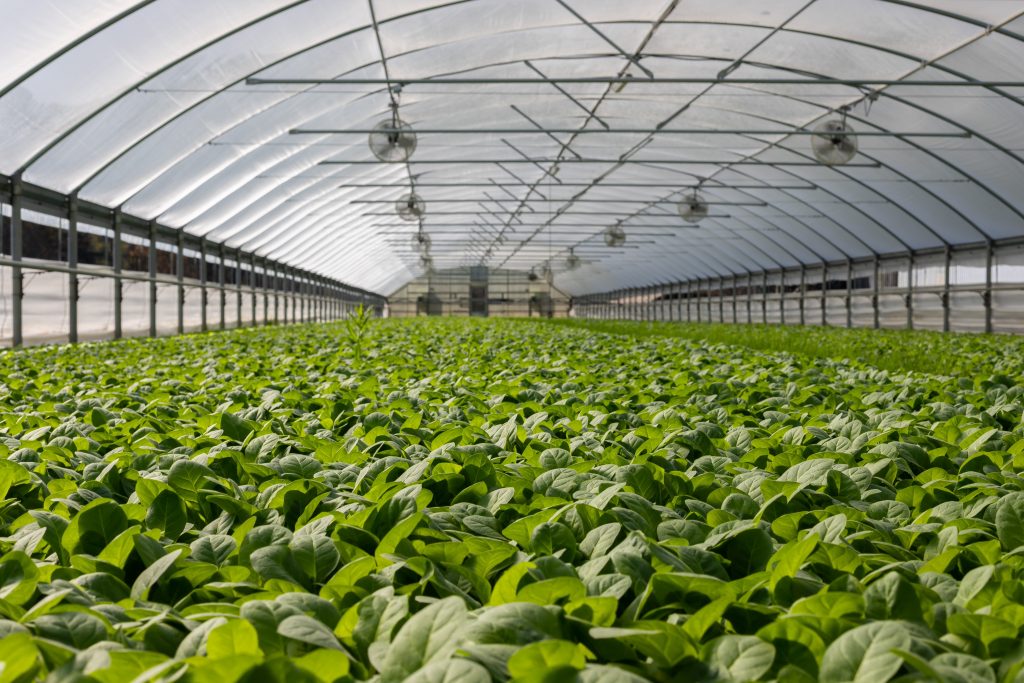
After the above analysis, the concept of three-dimensional agriculture can be summarized as follows: Three-dimensional agriculture is a new development that combines traditional agriculture and modern agricultural technology, and is an optimized combination of traditional agricultural essence. Specifically, three-dimensional agriculture is an optimized and efficient agricultural structure that is coordinated and interconnected with a variety of agricultural organisms (plants, animals, microorganisms) populations, and is comprehensively utilized in space, time, and functions.
Skyscraper Agriculture
As the process of urbanization continues to accelerate, people have built more and more skyscrapers in the city, they have installed glass windows, and the air conditioning system is used to move heat outside. What a waste of energy! As a result, people’s eyes are on the full use of three-dimensional space, and the idea of growing food crops in the building came into being. The concept of “vertical agriculture” was first proposed by Professor Dixon Despamir at Columbia University. Despamir hopes to grow local food in a light-filled building made of glass and steel, such as feeding tilapia on the first floor and growing tomatoes on the 12th floor… In the building, all water is recycled. Utilization; plants do not use compost; methane is collected and turned into heat; waste from pigsty becomes a source of energy, etc. Therefore, “vertical agriculture” is also called “skyscraper agriculture”.
Current status of vertical farms
Solar energy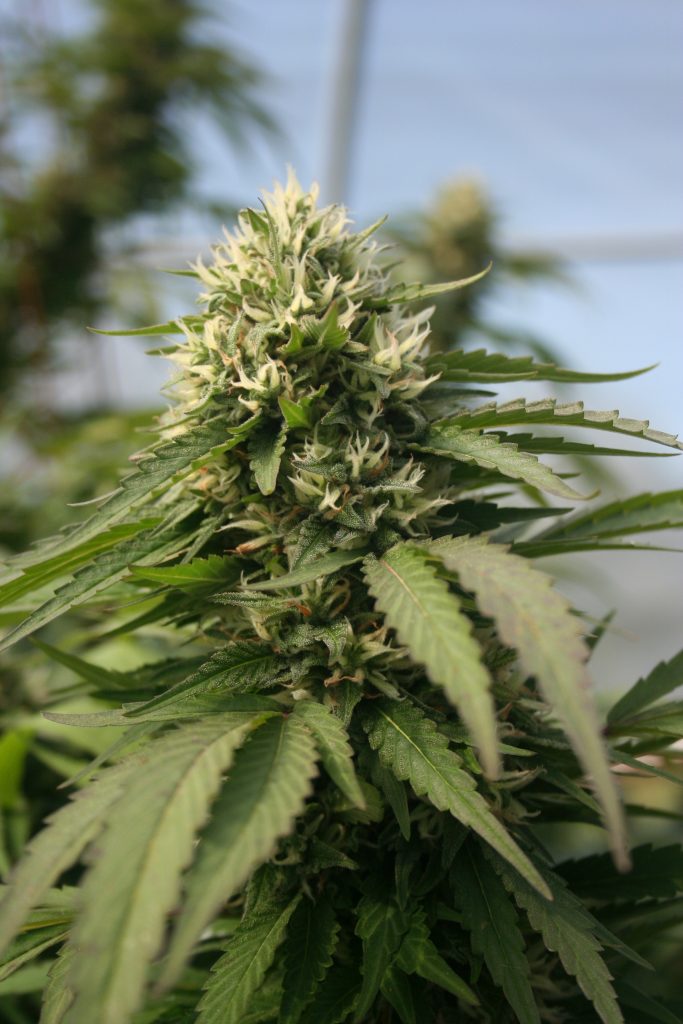
According to the design, the main energy source of the skyscraper vertical farm comes from the solar energy absorbed by the solar panels on the top floor. In addition, wind turbines can be installed on the roof of the building, which can provide wind energy for the building in the same way as a windmill. Another important source of power for farms is to turn inedible plant particles (such as corn bran) into fuel. Plant waste is first processed into powder and then compressed into fuel particles that can be burned. In the eyes of scientists, a vertical farm is not just an agricultural product factory, it is also a macroscopic plan to transform urban infrastructure to imitate the natural circulation system. According to the idea of Columbia University environmentalist Despermill, the sewer at the bottom of the vertical farm can provide the farm’s most important resources: energy and water. The entire city’s sewage can flow into this vertical farm, and half of it enters a machine called “peat”, which pressurizes and heats it and breaks it down into basic substances: carbon and water. “Peat” extracts water and coal-like sludge as the power of a steam engine to generate electricity. The remaining half of the sewage is disinfected and sterilized, plus a process of heating and dewatering to become upper soil. The water extracted from these two processes can be filtered through natural filtering methods, such as using zebra mussels, cattails and other media for filtering, so as to be used for agricultural irrigation, and can even continue to be purified and filtered into drinking water.
The ideal model for vertical farms
The vertical farm has a cylindrical shape, and the floors are stacked like chips. Each floor is a piece of farmland with a complex irrigation system. All crops are grown in a controlled environment, and electronic eyes are used to check whether they are mature. They can be planted and harvested without interruption 365 days a year.
There is another model for the prototype of the existing vertical farm, which was provided by Dr. Augustine Rosenstahl of the SOA Architect Studio in Paris. However, although the United States, France, and Israel all have prototypes of vertical farms, the skyscraper-style vertical farms in the minds of scientists are still far away, and people cannot buy agricultural products produced by vertical farms from the market.
Planners in some large cities in the world have shown a keen interest in “vertical agriculture”. But so far, “vertical agriculture” is still in the conceptual stage, and there is no established application model, and some obstacles will be encountered in specific implementation. The biggest obstacle is the source of the two necessary conditions of water and energy. “Vertical agriculture” requires a complete urban sewage recycling and energy supply system as supporting facilities. In addition, consideration of economic factors has become the main reason for some scholars to oppose this. They believe that the cost of “vertical agriculture” will exceed profit. After all, profit will always be a priority for investors. Therefore, although the concept of “vertical agriculture” is attractive, it still seems to be far from reality.

